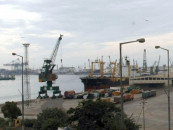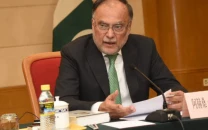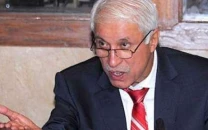Investment bonds: Demand rises with fall in interest rates
Ministry says debt re-profiling is ideal when yield curve is going downward.

According to the finance ministry, in June 2013, 64% of total domestic debt had a maturity of less than one year. STOCK IMAGE
“Only in such an environment, sizeable lots can be obtained within a narrow price band,” it said in a statement on Friday.
On the other hand, according to the ministry, when interest rates are considered to have bottomed out, the participation of market players in long-term papers diminishes. In this case, even a small volume can be purchased at a considerable premium to prevailing market prices.
“The ideal time for (debt) re-profiling is the plummeting rate environment. This actually led to a much lower cost than what would have been incurred in a rising market.”
A couple of days ago, economist Dr Ashfaque Hasan Khan argued that the government though adopted a good strategy to venture into long-term papers to avoid the risk of rollover, it chose a wrong time when interest rates were falling.
According to the finance ministry, in June 2013, 64% of total domestic debt had a maturity of less than one year.
It pointed out that there would always be a difference between the return on short-term treasury bills and long-term Pakistan Investment Bonds (PIBs), which was called term premium.
The premium in July 2013 was 1.37% before the start of debt re-profiling. It went up to 1.77% in January 2014 due to certain other factors and in the absence of the Medium Term Debt Strategy. The premium rose to a high of 2.08% in June 2014 when re-profiling had started. It dropped to 0.99% in December 2014 and at present it stands at 0.43%.
Under the re-profiling strategy, the ministry said, PIB coupon rates had been cut by 2-2.25% for the first time since August 2008.
Published in The Express Tribune, May 9th, 2015.
Like Business on Facebook, follow @TribuneBiz on Twitter to stay informed and join in the conversation.


















COMMENTS
Comments are moderated and generally will be posted if they are on-topic and not abusive.
For more information, please see our Comments FAQ